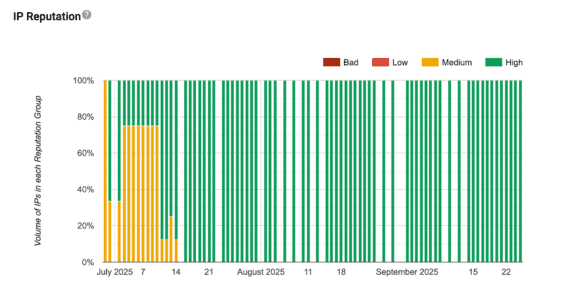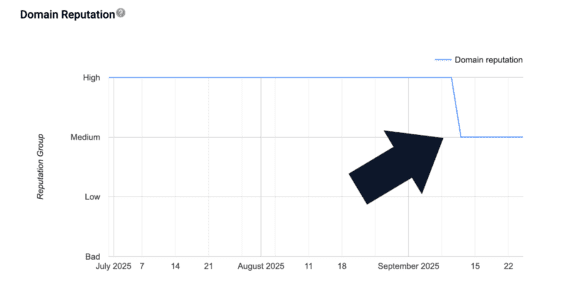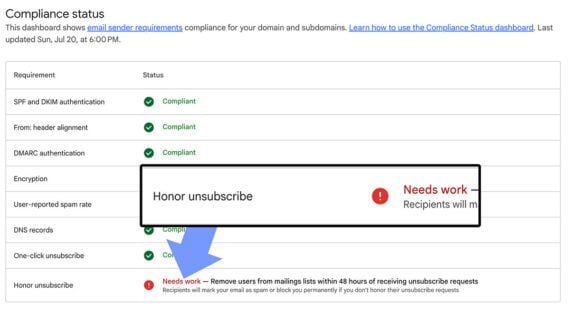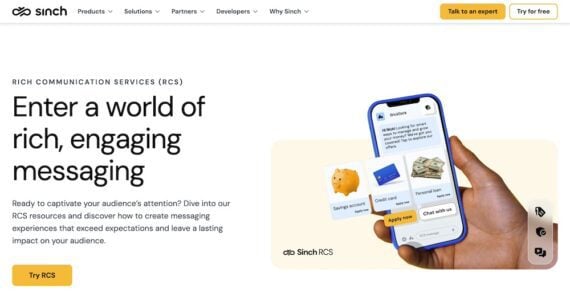Best Text Message Strategy for 2026
About 84% of American consumers have opted in to text communication from at least one business, according to a May 2025 SimpleTexting survey. Fifty-two percent of the survey’s 1,000 respondents subscribe to texts from four or more brands.
If the survey is accurate, the question is no longer whether to use text messaging — SMS, MMS, RCS — but how to use it effectively.

Roughly eight in 10 U.S. consumers have agreed to receive commercial text messages, according to a recent survey.
Maturity Model
Transactional messages get shoppers hooked. Shoppers like receiving a straightforward text when an order is shipped. Delivery updates are even better.
Yet the channel is much more than notifications alone.
A maturity model is a framework that describes how a capability, process, or system evolves. It breaks development into stages, usually progressing from simple, ad hoc to sophisticated, optimized, and scalable.
The model can help merchants progress from a text with a tracking number to a comprehensive strategy of marketing, customer service, and operations.
To develop an effective strategy, ecommerce marketers can view their business through four text-message stages.
- Starter: Basic transactional broadcasts that pass information and answer questions, such as, “Where’s my order?”
- Growth: Merchants introduce triggered and segmented messages tied to shopper behavior. Texting becomes a revenue channel.
- Full-stack: The business integrates text messaging across the entire customer lifecycle, supporting onboarding, retention, upsells, replenishment cycles, and loyalty activations.
- AI-orchestrated and automated: The output is the same as the full-stack stage, except that artificial intelligence has transformed the channel into an automated, coordinated marketing component.
Identify the Stage
Every ecommerce business sits somewhere on the maturity spectrum, knowingly or not. The key is understanding which stage aligns with the business’s operational reality rather than its ambitions.
Here is a guide:
- Text messaging that solely informs shoppers is in the Starter stage.
- A strategy of influencing purchase decisions is in Growth.
- A Full-stack stage helps retain and maximize customer lifetime value.
- An automated and predictive text-messaging process is approaching AI orchestration.
A merchant’s text stage typically depends on operational factors.
- Order volume. High order volume justifies automated and segmented messaging. Conversely, basic transactional texts suit small stores.
- Repeat customers. Sellers with many returning shoppers benefit the most from lifecycle marketing and personalized reminders.
- Catalog complexity. Behavioral triggers can help stores with extensive products or variants.
- Data discipline. Segmentation and personalization require clean, unified buyer profiles. Without meaningful data, advanced text strategies fall apart.
- Capacity. Even the best tools require maintenance. A one-person business may not be ready for full-stack text marketing, much less AI-led automation.
Leveling Up
Moving through the maturity model is not a race. It is a progression based on operational readiness and customer expectations. The best programs grow intentionally, not explosively.
Starter to Growth. Merchants graduate from Starter when transactional messages run smoothly, and the business begins to feel the limitations of one-way communication.
How to grow:
- Add abandoned-cart reminders.
- Introduce a short welcome series.
- Segment messages by at least one variable.
- Improve text-communication opt-in placement and incentives.
- Test a few event-triggered messages.
Growth to Full-stack. The shift from Growth to Full-stack occurs when merchants recognize that texts should align with email, loyalty, and the larger customer journey, not behavior alone.
How to advance:
- Clean and consolidate customer data across platforms.
- Develop message sequences for onboarding, replenishment, and retention.
- Use customer preferences to manage frequency and message types.
- Coordinate message timing with email marketing instead of duplicating it.
- Introduce dynamic content or personalized recommendations.
Full-stack to AI-orchestrated and automated. The final stage adds intelligence. AI adjusts timing, sequencing, content, and discounts in response to real-time signals.
How to transition:
- Adopt tools that support real-time decisioning and predictive segmentation.
- Let AI generate or tailor message content within brand guidelines.
- Use machine learning to optimize message send times and frequency.
- Allow algorithms to manage lifecycle triggers.
This final stage is quickly emerging, as the precision of AI blends with multichannel marketing. Hence merchants who succeed with texting will send the right messages, not necessarily the most.






